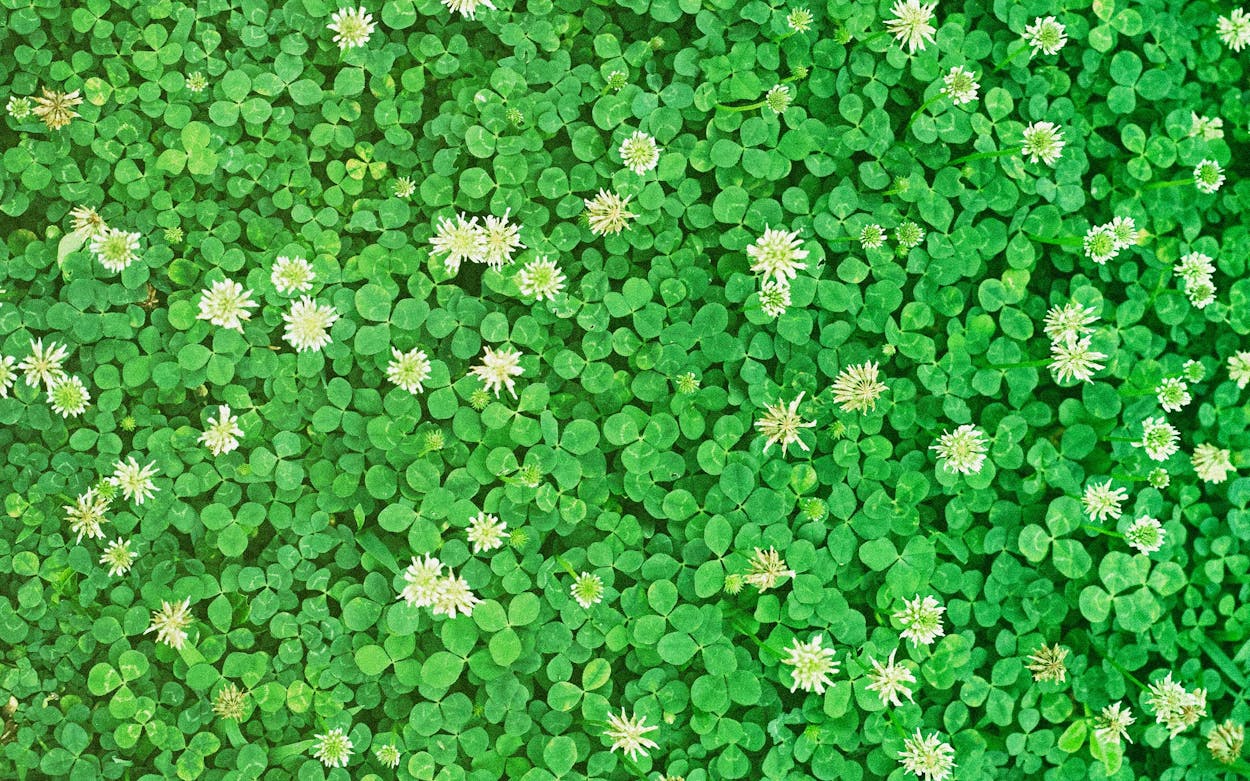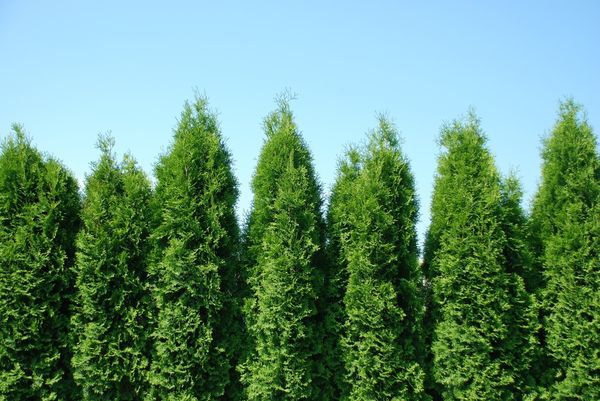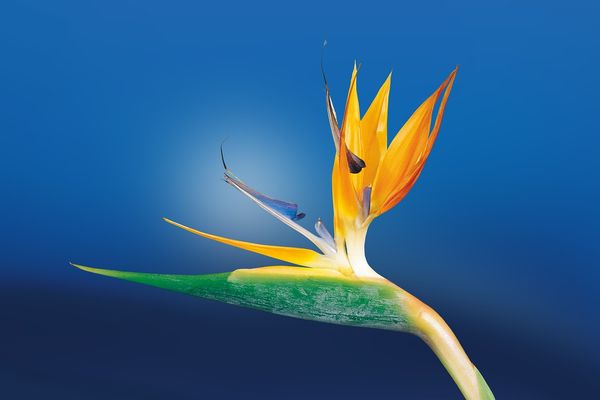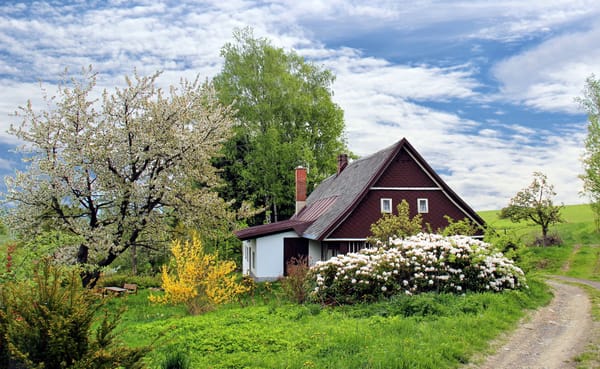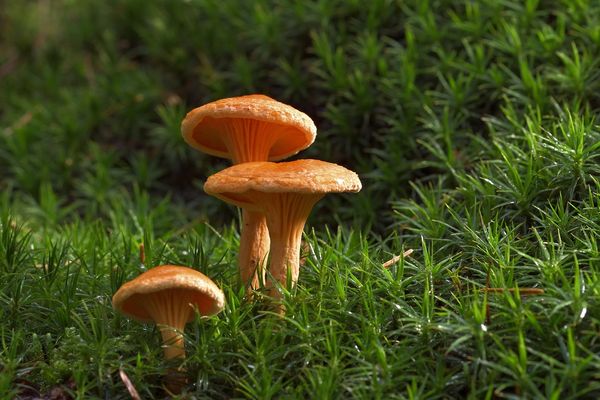Weeds are one of the few things that may ruin the perfect beauty of a just-cut lawn. Even worse is when those weeds sprout blooms that stand out incongruously against the grass.
Technically speaking, a weed is any plant growing in an undesirable location; this includes undesired roses. However, weeds are often considered plants that grow fast and are hard to eradicate once established.
You must first identify weeds to manage them successfully. The suspect list is small if you've observed weeds with tiny white blooms forming amid your turf grass. I've included a few of the common white-colored lawn weeds below, along with some strategies you may use to get rid of them.
Finding Weeds in Grass with Tiny White Flowers
There is a wide variety of weeds with white blooms. You'll need to look at a lot more than just the flower's color to identify the weeds infesting your grass.
You may learn a lot about a plant's identity by examining characteristics, including its overall size, leaf type, and growth trend. I also advise noting the form of the blossom to assist in focusing your search.
Although innumerable weeds meet this broad pattern, the bulk of lawn infestations is caused by a minimal number of these species. I first suggest contrasting the blossoming weeds in your lawn with the following species:
1. Daisy Weeds
It's simple to overlook that many daisies are weeds because of their beauty. Additionally, certain daisy-like plants might appear on the front lawn or garden without being invited.
The worst culprit is Bellis perennis, sometimes called the English joint or lawn daisy.
Originally from Europe, northern Africa, and Asia, this flower has now naturalized over much of the globe. This daisy has a reputation for being both lovely blossoms and troublesome weeds. You may see it as the latter if you reside in the UK or the northwest of the United States.
Bellis perennis is most easily recognized by its striking white blooms, which are 1 to 2 inches tall. You often observe thick clusters of flowers blooming together because these daisies propagate using stolons.
Oxeye daisy, also known as Leucanthemum vulgare, is an aggressive weed. It is indigenous to Europe but is common in North America and other regions with comparable conditions.
When daisies mature, it is simple to distinguish between oxeye and English varieties. The root systems of oxeye daisies allow them to spread and grow up to 3 feet tall. According to the University of Minnesota, looking for lobed, spoon-shaped leaves is another way to recognize an oxeye daisy.
Daisy fleabane, or Erigeron strigosus, is a plant closely related to daisies but not a real daisy.
Although this plant is endemic to North America, individuals who want a lawn that is only covered with grass sometimes refer to it as a weed.
When left alone, daisy fleabane may grow up to five feet tall. Tiny hairs cover the stems and leaves. The white blossoms resemble genuine daisies almost precisely.
2. Standard Mouse Ear
Common mouse-ear, or Cerastium fontanum, is a grass weed endemic to Europe. It spreads invasively around the globe and is most often seen in meadows and grassy places, including the UK and North America.
Spreading perennial common mouse ear grows exceptionally close to the ground. Its small, five-petalled white blooms may recognize it.
3. Chickweed
Common mouse-ear, or Cerastium fontanum, is a grass weed endemic to Europe. It spreads invasively around the globe and is most often seen in meadows and grassy places, including the UK and North America.
Spreading perennial common mouse ear grows exceptionally close to the ground. Its small, five-petalled white blooms may recognize it.
4. Wild Carrot
The wild carrot, or Daucus carota, is a native of Europe that has spread naturally over much of the globe. Due to the white, umbrella-like flower clusters that develop in this weed's second year, it is also known as Queen Anne's Lace.
Due to their invasive nature, planting or propagating wild carrots is often forbidden. Exercise caution When removing this plant, as sap might irritate the skin. It's also crucial to remember that poison hemlock, a poisonous plant, and wild carrot are almost similar.
5. Hairy Bittercress
The natural plant, hairy bittercress, or Cardamine hirsuta, usually appears in late winter or early spring. Before it blooms, hairy bittercress resembles a dandelion from a distance. However, a closer inspection shows a stem with alternate leaf patterns.
Even though hairy bittercress is a native of the British Isles, landowners, and gardeners sometimes see it as a weed. Some people gather hairy bittercress, a bitter salad green that grows wild.
In North America, where it has naturalized, hairy bittercress is a significant issue, according to Pennsylvania State University. It is better to find and get rid of it in the early spring before other plants bloom.
6. Wild Violet
The sweet springtime perennial Viola odorata, sometimes known as wild violet, is indigenous to Europe and Asia. It is a well-liked ornamental in its own country and abroad because of its beauty. Unfortunately, wild violets may quickly engulf their natural environments due to their high vitality.
Many people erroneously think that violets only have purple blooms. Wild violets, however, come in various hues, including white and yellow. The previous owners planted white and purple wild violets in my backyard garden. (Although I don't want to eliminate the wild violets right now, I need to pick new plants that have fled the garden bed and infiltrated the grass every spring.)
7. White Clover
One of the most frequent blooming weeds on many lawns is Trifolium repens, sometimes known as white clover. Europe, especially the British Isles, is home to this specific clover, but it has wholly naturalized in North America and other climes there.
It's debatable whether white clover counts as a weed or not. I like clover as a turf grass substitute because of how it looks and feels. However, someone who wants an all-grass lawn will see this plant as an annoyance.
White clover flourishes on infertile soil, claims Clemson University. This blossoming weed may indicate that fertilizer is required if it takes over your grass.
How to Remove Weeds from Your Grass Without Killing It
Pulling weeds out of the grass by hand is the safest method. Although I prefer this approach for my lawn, it is only sometimes feasible.
Wear mittens to protect your hands, and use a thin excavating instrument to remove weeds with taproots. I've discovered that the best time to pick weeds is when they are old enough to be recognized but wholly entrenched.
Herbicides are often the best solution for weeds that are difficult to uproot or cover a significant area. I only advise utilizing chemical herbicides after first doing some study.
The majority of herbicides fall into the pre- or post-emergent categories. Pre-emergent herbicides prevent seed germination by being sprayed directly on the soil. These chemicals don't eliminate current weeds; instead, they stop them from growing in the future.
You must use a post-emergent herbicide to eradicate adult weeds from your grass. Make sure you choose a selective herbicide that is advertised as being suitable for the kind of grass you have. Turf grass is among the plants that are killed by non-selective herbicides.
Weeds that love poor soil conditions can't develop if you fertilize your grass as required. Regular feeding promotes above- and below-ground development of robust, healthy grass. Weeds will have less area to grow as a result.
Pre-emergent herbicides are often included in granular fertilizers, allowing you to tackle two tasks simultaneously.
When to Use Flowers to Pull Up Weeds
When it comes to managing blooming weeds, timing is crucial. The next generation of weeds won't invade your lawn if you remove blossoming weeds before they set seed.
I usually put off getting rid of non-noxious weeds from my yard. I'll let the weeds bloom to provide a natural food supply for the neighborhood pollinators. But I remove any blooming weeds by pulling, spraying, or mowing them before they set seed. (This last step is essential for weed population reduction the next year!)
The sooner you get rid of very invasive weeds, the better. Whenever there is active growth, post-emergent herbicides may be used. If you pick them by hand, you'll find eliminating immature weeds with weak root systems simpler.
Preventing Weeds in Grass
Maintaining healthy turf grass is one of the finest things you can do to keep weeds out of your lawn. A healthy grass will become so thick that weeds find it difficult to pierce it. Choose a grass species that will grow well on your land, then overseed as necessary to fill up barren or thin places.
Regular lawn mowing will significantly reduce the number of weeds that survive to set seed. I've been known to use an early morning mow solely to remove weed blossoms growing above the grass. Since prevention is the key, it's easy to overlook, but after a season or two, you'll undoubtedly see a change.
Not to mention, pre-emergent herbicides have a magic touch when it comes to several common grass weeds. Choose a formula that concentrates on the weeds you notice most in your yard. For optimum control in most climates, I advise spraying a pre-emergent herbicide twice a year.
Conclusion
Managing the most common lawn weeds, especially those with attractive white flowers, is crucial for maintaining a healthy, vibrant lawn. These weeds, often displaying small white flowers, can thrive in various conditions, from fertile soil to less nutrient-rich environments. Early identification of common white flower weeds like white clover flowers, with their unique yellow centers and creeping stems, is essential. While some may find the appearance of white flowering weeds appealing, they can quickly overrun lawn grasses, necessitating effective control measures.
To ensure a healthy lawn, it's important to identify common weeds accurately. Each weed, from those with underground creeping stems like white clover to others with green leaves and small white flowers, poses a unique challenge. Control methods vary; for instance, controlling wild carrot requires different tactics compared to how wild violets grow. Utilizing the right weed killer and maintaining moist soil can prevent the spread of these weeds. Remember, a healthy lawn is not just about aesthetics; it involves understanding the ecology of your lawn and implementing targeted strategies to maintain its health and beauty throughout the seasons.

